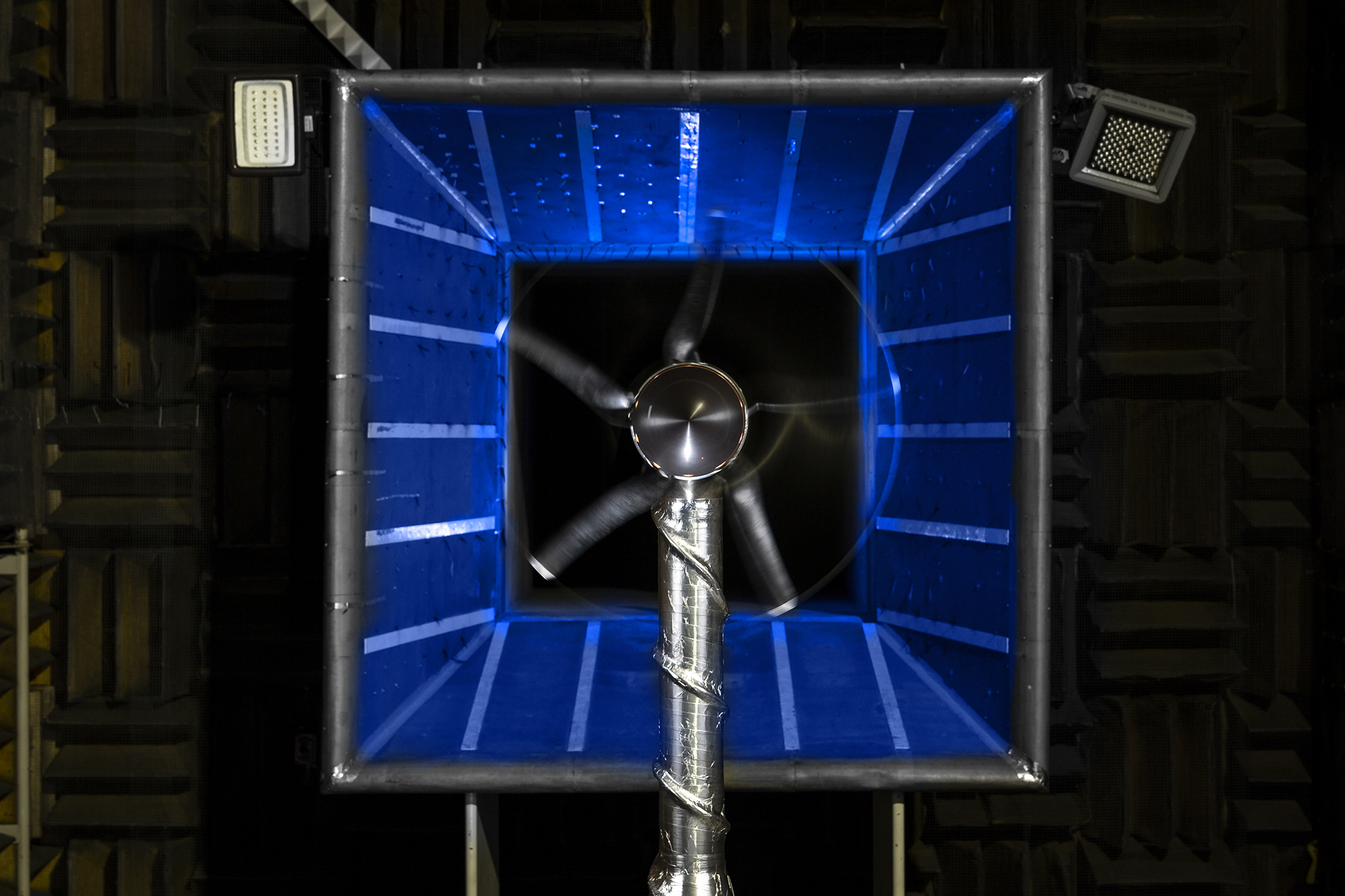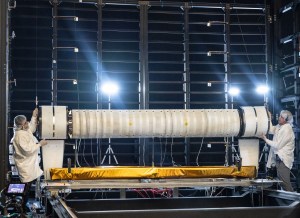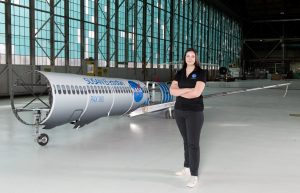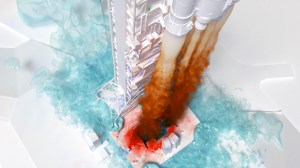Advanced designs that will propel NASA’s first all-electric X-plane, the X-57 Maxwell, to flight recently underwent wind tunnel testing at Langley Research Center in Hampton, Virginia.
These tests, which took place in the Langley Low-Speed Aeroacoustic Wind Tunnel, were conducted to gather valuable operational and performance data for flight conditions, using two of the full-scale propeller assemblies seen above, provided by Empirical Systems Aerospace, or ESAero, of San Luis Obispo, California.
NASA will install 12 of these electric high-lift motors and propellers into the final configuration of X-57, called Modification IV, or Mod IV.
Positioned along the leading edge of X-57’s cruise-efficient wing, these motors and propellers will be utilized first during takeoff, providing lift augmentation to the X-Plane at low aircraft speeds. Once X-57 goes into cruise mode, these motors will deactivate, and the propeller blades will fold inward to prevent creating additional drag while two larger electric cruise motors remain active on the wing tips. Then, when it’s time to land, the smaller high-lift motors will reactivate, unfolding the propeller blades to create the appropriate lift for landing at approach speed.
NASA’s primary goal for X-57 is to share the electric-propulsion design, lessons learned, and airworthiness process with regulators, as new electric aircraft markets begin to emerge.
The project is also using a “design driver” – a technical challenge for the all-electric design to drive lessons learned – which includes the goal of a 500 percent increase in high-speed cruise efficiency, zero in-flight carbon emissions, and flight that is quieter for communities on the ground.
These wind tunnel tests took part over two weeks, exposing the hardware to wind speeds from zero to over 90 knots, with 14 hours of powered propeller operation.


































